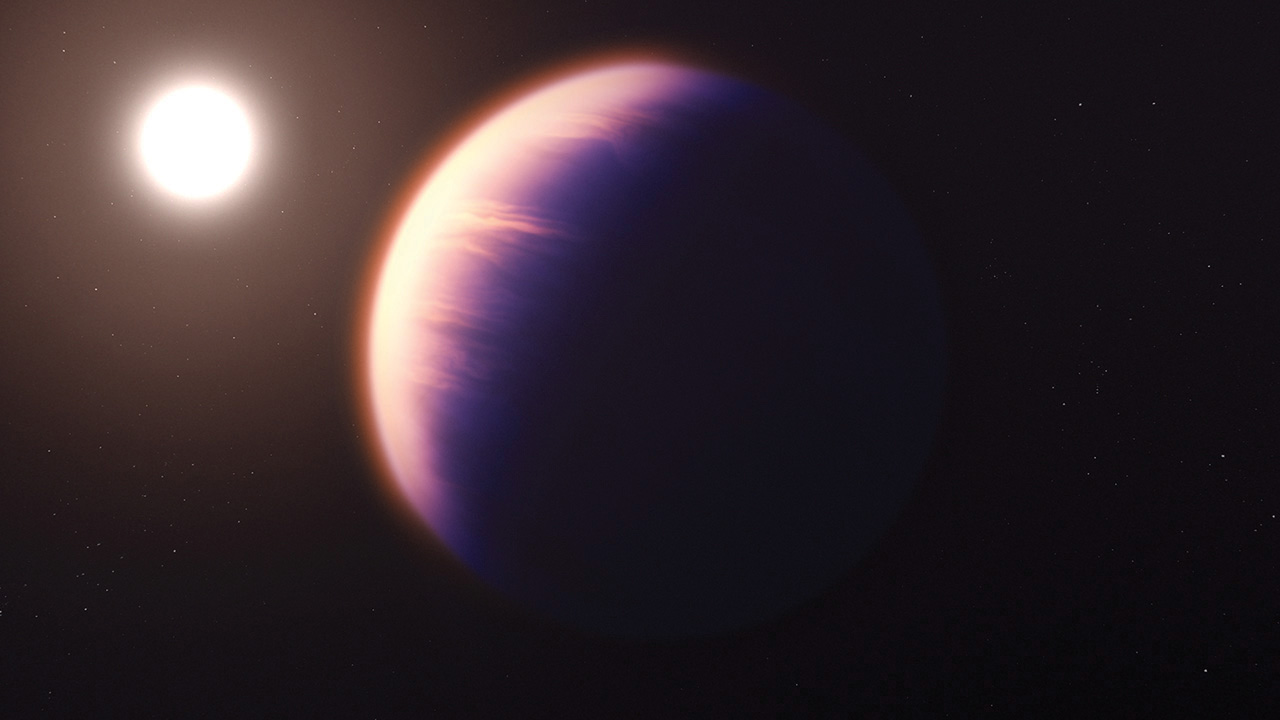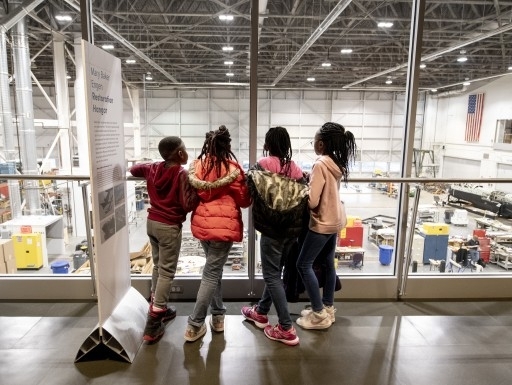
Could there be life on planets outside our solar system? For astrophysicists, it’s a big unanswered question, and one that AI technology can help investigate.
Under a new initiative called AstroAI, launched last year by the Smithsonian Astrophysical Observatory—part of the Center for Astrophysics I Harvard & Smithsonian—computer scientists and astrophysicists are using AI to mine previously unexamined stores of data to better understand the universe.
One AstroAI study completed in 2023 used AI tools to develop a first-of-its-kind model to assess the atmospheres of exoplanets, or planets orbiting stars other than the Sun. The model uses raw data from the James Webb Space Telescope and other sources to look for biomarkers on exoplanets, including water and carbon, which support life.
AI enables astrophysicists to explore a much greater volume of data, in different combinations and at a faster pace, said Cecilia Garraffo, founding director of AstroAI. “With traditional scientific methods, you generally find what you are looking for,” she said. “By applying AI, the data will tell you things you didn’t know were there.”
Published Winter 2024 in IMPACT Vol. 10. No 1
Click here to read more about how Smithsonian experts are applying artificial intelligence (AI) across diverse disciplines.
Your gift fuels innovation, inspiration and exploration for lifelong learners everywhere. Make a gift today.



